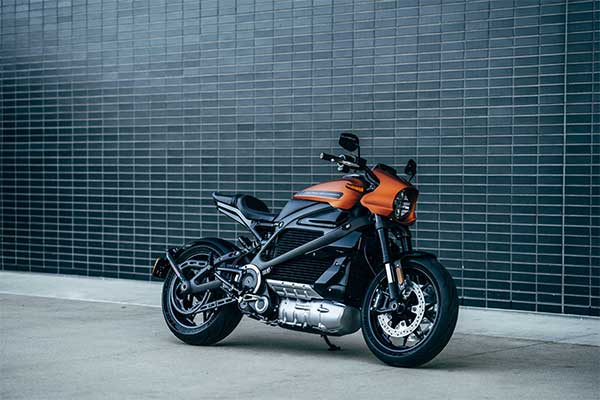Motorcycle Driving Safety Guide
Motorcycle riding is an exhilarating adventure that can be dangerous without proper safety measures. Bikers have a higher risk of getting involved in a traffic accident than car drivers, which means additional safety considerations are needed.
Being knowledgeable about traffic laws and complying with them significantly reduces fatalities and it helps victims from an accident to get justice when pertinent. If a crash takes place in a place without visible roadside reference, it is a situation that enables motorcycle accident attorneys to sue a city to hold responsibility for injuries, function loss, and material damages.
Notwithstanding, the best approach is to avoid these situations by taking motorcycle riding safety seriously. With the following seven helpful tips, you will enjoy a safe ride.

Get the Right Gear
Riding a motorcycle safely and comfortably demands the finest gear selection.
- A full-face helmet will shield your chin and face from injuries during an accident. Moreover, it will protect you from sunburn and your eyes from wind and bug-related issues.
- Both leather and textile motorcycle jackets offer protection against abrasion and water. Keep in mind this gear should fit you properly but also allow full arm movements. The weather in which you frequently ride makes a significant input in the purchase decision. Perforated leather jackets with vents are the best choice for warm weather but not so much for winter.
- Motorcycle pants offer abrasion-resistant materials for seat, hips, and knees areas for your protection.
- An excellent pair of riding boots should have an oil-resistant surface, non-slip soles, and ankle support that prevents twisting.
- Riding gloves should be flexible and comfortable but also protect your hands, especially your palms from abrasion and impact.
Leave Enough Space
Leaving space between vehicles and yourself is a tool that will help you to react timely to any traffic issues. A visible roadside reference will be your best aid to do this. Once the front vehicle passes a landmark such as a tree, you count 1000, 2000, 3000, and ahead until you pass that landmark.
Widen this three-second gap during rainy days and when driving behind loaded trucks. Remember to check the mirrors regularly, since tailgaters and road ragers can hit you from behind.
Educate Your Passengers
It will encourage teamwork and enhance the ride. You should discuss any details with your passengers to infuse them with confidence regarding your driving capabilities. Explain they should avoid sudden movements when at a stop or around a curve, and to avoid putting their feet down. It is smart to decide a few taps or hand signals for communication on the road.
Watch the Road
Paying attention to road conditions, pedestrians, and other vehicles is the number one priority. Watch out of discolored spots on the pavement that usually come from slick spots. Monitor the car in front of you to identify potential bumps. It is pivotal to be cautious during the riding season since multiple motorcycles are on the road in late spring and summer. Winter is a mating season for valley animals; therefore, watch out for their sudden appearance on the road.
Check the Weather
Although weather changes can be unpredictable, it is essential to keep an eye on these. Rain, storm, and mist can impact the driver’s safe operation of a motorcycle. Spring rainy days come with slippery roads and the best thing to do is to pull over and wait for the rain to pass.
Summer often causes sunburn and dehydration, and riders should wear the appropriate gear and proceed with caution. Winter season does not offer great riding conditions, so drivers usually put their bikes away in the colder months.
Grow Your Skills
The more you practice your riding, the better you become. Both members of the military and civilians can enhance their riding skills through driving courses that prepare them for harsh scenarios. However, if these courses are out of your reach, a parking lot can help you to sharpen your braking, shifting, lane splitting, and other skills.
Risk of Distraction
Being focused is essential for safe riding. Cell phone use, gadgets such as GPS and radio, a beautiful landscape, roadside incidents, and anything that takes your eyes from the road can cause a fatality in an instant. Intense emotions such as anger or sadness can interfere with your critical thinking and the response to unexpected scenarios. Therefore, try to keep your mind on the road and enjoy the ride.

